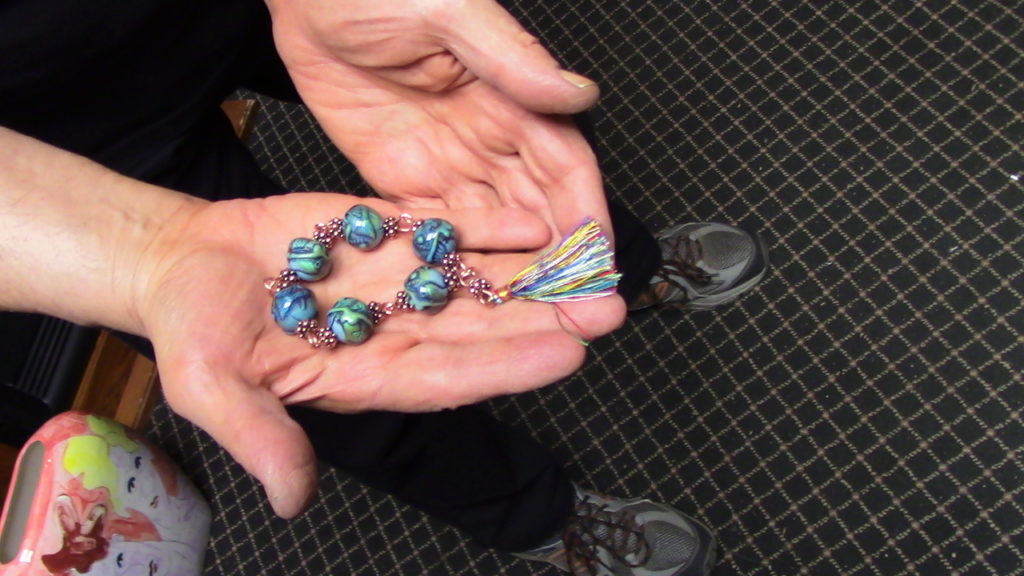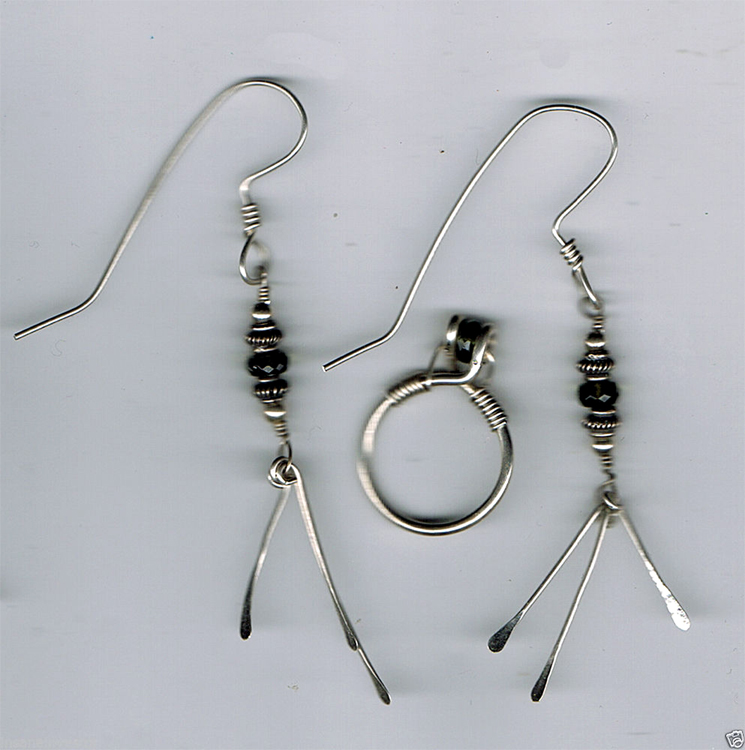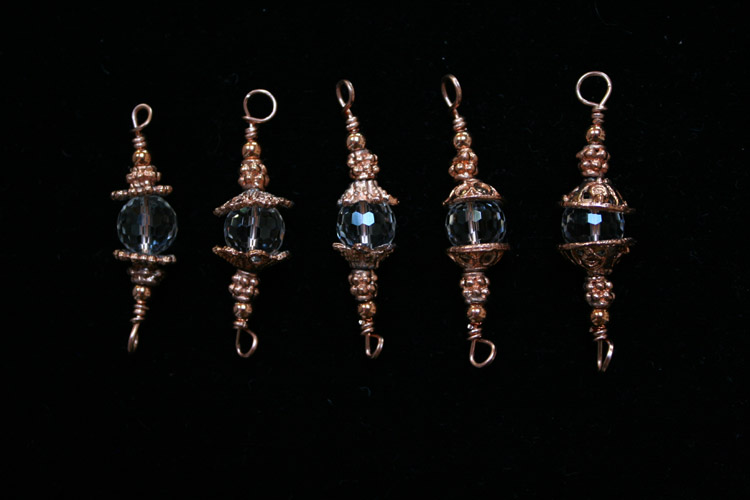
That’s what I said. Turn an $8.50 roll of ordinary copper hardware store variety copper wire into upwards of $10,000.00 worth of valuable and desirable merch.
Listen, If you play your cards right, you could open a full-scale coppersmith’s jewelry shop in a matter of just a few hours. You could literally be an overnight success, and here’s how.
This 400-page fully illustrated “How-To” manual is for stone-age artisans only — you’ll be using the simplest tools, tools that were in daily use over 7,000 years ago, making designs that have not been seen for thousands of years. The ancient is new again!
99% of all commercial jewelers will have no idea how you did it — how you made rings out of wire, bracelets and necklaces out of wire and all sorts of earrings of every description and level of complexity or simplicity.
You will be a veritable factory of jewelry design, able to compete at any level and, when you get really good at it, you can graduate yourself to sterling silver and eventually 18k gold.
Of course, you’ll need a reputation in order to get the best prices — there are many hints on how to use social media to promote your productions, and you can get help at our ZOOM “Chain Gang” meetings where we make chain online together.
You can ask any question you like. As a matter of fact, I’d like to invite you right now to attend our very next linking workshop. Contact me for time and password.
See You At The Top!!!
gorby



